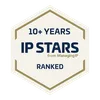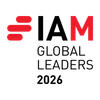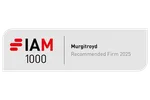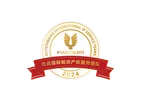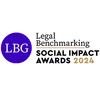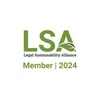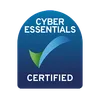Technology-enabled care improves patient self-management, supports
compliance with treatment programmes and medication, and provides
monitored data and alerts to healthcare professionals.
With growing technology use across the general population and rapid advancements in digital technologies, there are many opportunities but also challenges in the healthcare market. The breadth and intensity of R&D across the connected health space means that innovation has a significant potential for reward. However, innovations must be shielded from release into the public domain too early, and fiercely guarded.
Alongside the process of innovation, product design with the end user in mind is vital to attaining commercial success. How to navigate the product design process with all these, sometimes conflicting, factors at play, can result in IP aspects being forgotten about until it may be too late. IP tends to be integrally associated with the product design process and cannot be separated from it so it is always best to seek advice from your patent attorney at an early stage in a project.
Patenting connected health and software innovations effectively #
Enabled medical devices requires a broad understanding of intellectual property. Your IP strategy needs to be aligned with your business strategy. So, the exact nature of your product, your commercial plans, your target market and your budget should all be considered to ensure your IP strategy fits with your overall market strategy. In the connected health space, typically, there may be a hybrid of a physical device which gathers data; and software to process, store or use that data; and present the processed data to a user, whomever that user may be. Protecting all aspects of a hybrid invention can be more challenging than a traditional medical device and so, obtaining effective protection for connected health innovations involving software tends to involve a combination of forms of IP protection, including trade secrets, technical know-how, patents and registered designs.
Are software-related innovations patentable? #
Patenting connected health and software related inventions is possible but there are additional considerations that need to be taken into account compared with other technologies.
Is patenting connected health devices easier in Europe or in the US? #
Up to 2014, the US was seen as a more accessible route to achieving patents for innovative medical technology based on software for its operation. However, this changed as the result of the landmark US Supreme Court decision in the Alice case in 2014. This decision has created some uncertainty with regard to software related applications in the US. On the other hand, the European Patent Office (EPO) has strict but well-established criteria for patentability, and therefore appears to offer a more predictable outcome.
What are the key criteria specific to patenting connected health and software related inventions at the EPO? #
The general consideration as to whether software is patentable at the EPO is whether the software presents a special technical effect which goes beyond the normal processing of data by a computer. If so, then it can be considered for patenting. However, if, for example, the innovation resides merely in automating the processing of patient data using a computer to implement the same techniques that a doctor would have used, then from a patent law viewpoint, this would be considered normal processing and would not be patentable.
Please contact our Digital Technology & Electronics team for further information.
Read our related blog post ‘Patenting your Computer Implemented Inventions‘ to find out more.


